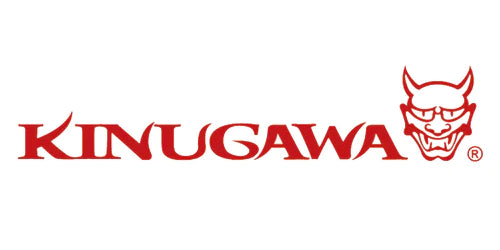Introduction
Turbochargers are the unsung heroes of the automotive world, boosting engine power and efficiency. But these powerhouses generate intense heat, especially during spirited driving. That's where water-cooling comes into play, acting as a guardian angel for your turbo's longevity. But what is water-cooling, and how does it work its magic, especially after you've parked your car? Let's explore the fascinating world of turbocharger water-cooling and the key role of thermal siphoning.

The Perils of Heat Soak
When you turn off your engine after a spirited drive, the turbocharger, particularly the turbine housing, remains incredibly hot. This residual heat can "soak back" into the turbo's center section, where critical components like bearings and seals reside. This phenomenon, known as heat soakback, can lead to a cascade of problems:
- Oil Coking: The intense heat can cause the oil within the turbo to break down and form carbon deposits, or "coke." This coke can clog oil passages and restrict lubrication, leading to increased friction and wear.
-
Bearing Failure: The bearings within the turbocharger rely on a constant flow of oil for cooling and lubrication. Heat soakback can elevate bearing temperatures beyond their limits, causing premature wear, increased shaft play, and potential seizure.

-
Seal Damage: The seals that prevent oil from leaking into the exhaust or intake systems can also be compromised by excessive heat. This can result in oil leaks, smoke, and reduced turbocharger efficiency. The following photo shows: The Oil-sealing piston ring and slinger groove with gap visible but they have been overheated and no coked oil is visible.

The Crucial Role of Water-Cooling
Water-cooling acts as a shield against the damaging effects of heat soakback. It ensures that even after the engine is off and the water pump has stopped, coolant continues to circulate through the turbo, thanks to a process called thermal siphoning.
How Thermal Siphoning Works
- Heat Transfer: Heat from the turbo's center section is transferred to the water surrounding it.
- Density Difference: This heated water becomes less dense and rises.
- Coolant Draw: As the hot water rises, it creates a vacuum, drawing in cooler water from the cooling system.
- Continuous Cycle: This cycle continues, dissipating heat and protecting the turbo's vital components even after shutdown.
Setting Up Your Water-Cooled Turbo
To maximize the benefits of thermal siphoning, it's crucial to orient your turbocharger correctly.

- Rotation: The turbo's center housing should be rotated about 20 degrees from horizontal.
- Inlet and Outlet: The colder water inlet should be connected to the lower port, while the hotter water outlet should be connected to the higher port.
- Uphill Flow: Ensure the outlet hose has a continuous uphill flow back to the cooling system to prevent air pockets and promote efficient circulation.
The Kinugawa Advantage
At Kinugawa Turbo Systems, our water-cooled turbochargers are designed with thermal siphoning in mind. We meticulously engineer our turbos to optimize heat dissipation, ensuring your turbo stays cool and performs flawlessly, even in the most demanding conditions.
Conclusion
Water-cooling, powered by the ingenious mechanism of thermal siphoning, is a critical aspect of turbocharger protection. It's an investment in the longevity and performance of your turbo, ensuring it remains cool and reliable even after the engine is shut off. If you're serious about performance and want to safeguard your turbocharger investment, consider a water-cooled Kinugawa turbo.



